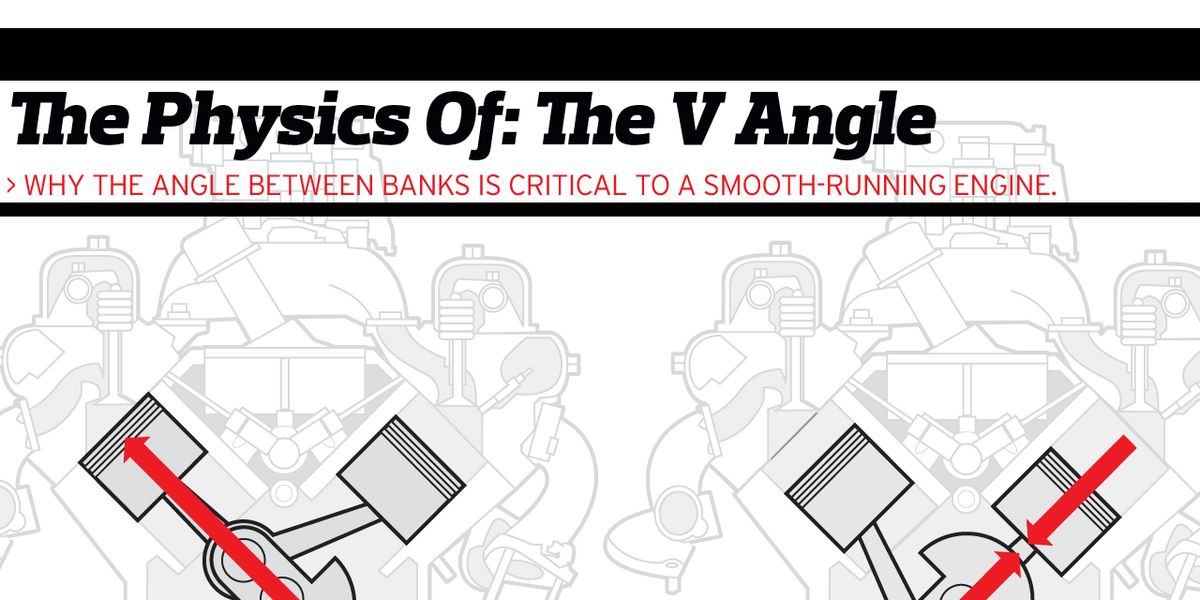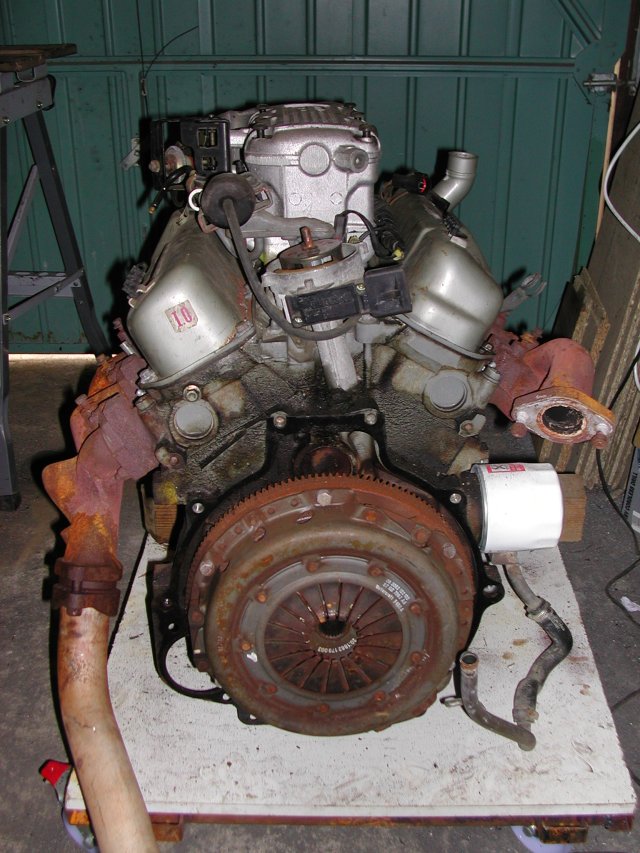- Joined
- September 16, 2002
- Messages
- 9,675
- Reaction score
- 1,136
- City, State
- Virginia Beach, Va
- Year, Model & Trim Level
- 00 4x4 Mounty
If they are white they are the last version, mid 2007
There were no improvements to the cassettes or the tensioners after the 2002 models. In my opinion the remaining weakest component is the right (rear) cassette guide.Does any body knows how many miles before the timing cassettes can became an issue?
My vehicle is an 2006 and I am replacing it with a 2008 engine, I know that ford corrected or redesigned the cassettes but do not know in which year that iwas corrected.
I am hoping someone has an idea of what year the correction was made and hopefully I won't have to make any changes and just install it as it is.
Thank you for the info,
I got another engine with 60000 miles on it.
I am thinking on replacing the upper and lower oil pan gaskets as well as the timing cassettes just because it will be already out and hopefully won't have to mess with it for a while.
Does any body knows how many miles before the timing cassettes can became an issue?
My vehicle is an 2006 and I am replacing it with a 2008 engine, I know that ford corrected or redesigned the cassettes but do not know in which year that iwas corrected.
I am hoping someone has an idea of what year the correction was made and hopefully I won't have to make any changes and just install it as it is.


Unable to read through the entire thread, here's one thing troubling me? EVERY maker of vehicles offers a V-6 engine. How do the OTHERS solve this vibration mystery? I know V-6 of 60-degree cylinder angle is inherently ill-balanced. Do others use a balance shaft? Which ones? And do those without run "rougher" than those with the damned thing?
"The original Ford Cologne V6 is a series of 60° cast iron block V6 engines produced continuously by the Ford Motor Company in Cologne, Germany, since 1965. Along with the British Ford Essex V6 engine and the U.S. Buick V6 and GMC Truck V6, these were among the first mass-produced V6 engines in the world."I thought I had read these 4.0's were a 70 degree angle. But it's no big deal, the balance shaft has obviously been shown to be unnecessary by many members before.
I went through the trouble of re-timing my balance shaft after I found it was off during my work on the timing chains. Removing the balance shaft was not really hard, but I'd rather not do it, and its tiny tensioner broke after I was done. That tensioner for that tiny chain is very fragile, being able to do without that alone is worth doing away with the balance shaft.
Thanks, that sounds right and I don't know where the 70* figure came from for me. I really like the 4.0 platform except for the poorly executed OHC design. The 2.9 DOHC version was a great engine, and if they had made the 4.0 with that chain drive, I bet it could have rivaled the hp/ci of the modern foreign engines. But I gather the piston and rod sizes are unique and thus very expensive in any custom versions. So the engine has little aftermarket support, and the stock timing system needs extra care."The original Ford Cologne V6 is a series of 60° cast iron block V6 engines produced continuously by the Ford Motor Company in Cologne, Germany, since 1965. Along with the British Ford Essex V6 engine and the U.S. Buick V6 and GMC Truck V6, these were among the first mass-produced V6 engines in the world."
wellll, see what happens when you put an engine without a balance shaft ina truck thats suppose to have a balance shaft? It unbalances itself into pieces like a way off center washing machine load roffl. jkpoint taken fellas, I talked to a guy who has had (2) 2wd engines go south on him in a 4wd; I am now eating my words. he said the first one had no vibration but had the timing chain go. The second engine started out with a little vibration and then two months later it felt like a washing machine on the spin cycle. Do any of you guys have any clue as to why this problem would get progressively worse??? I haven't noticed anything so far but have only driven it a small distance. The engine I have in it has only 45k on it and not really wanting to risk messing up the engine. Anyone think this guy just had used engines prone to failure regardless of the fact that they were in a 4wd?










